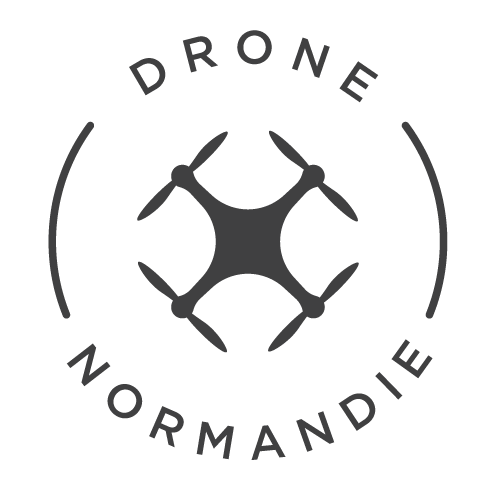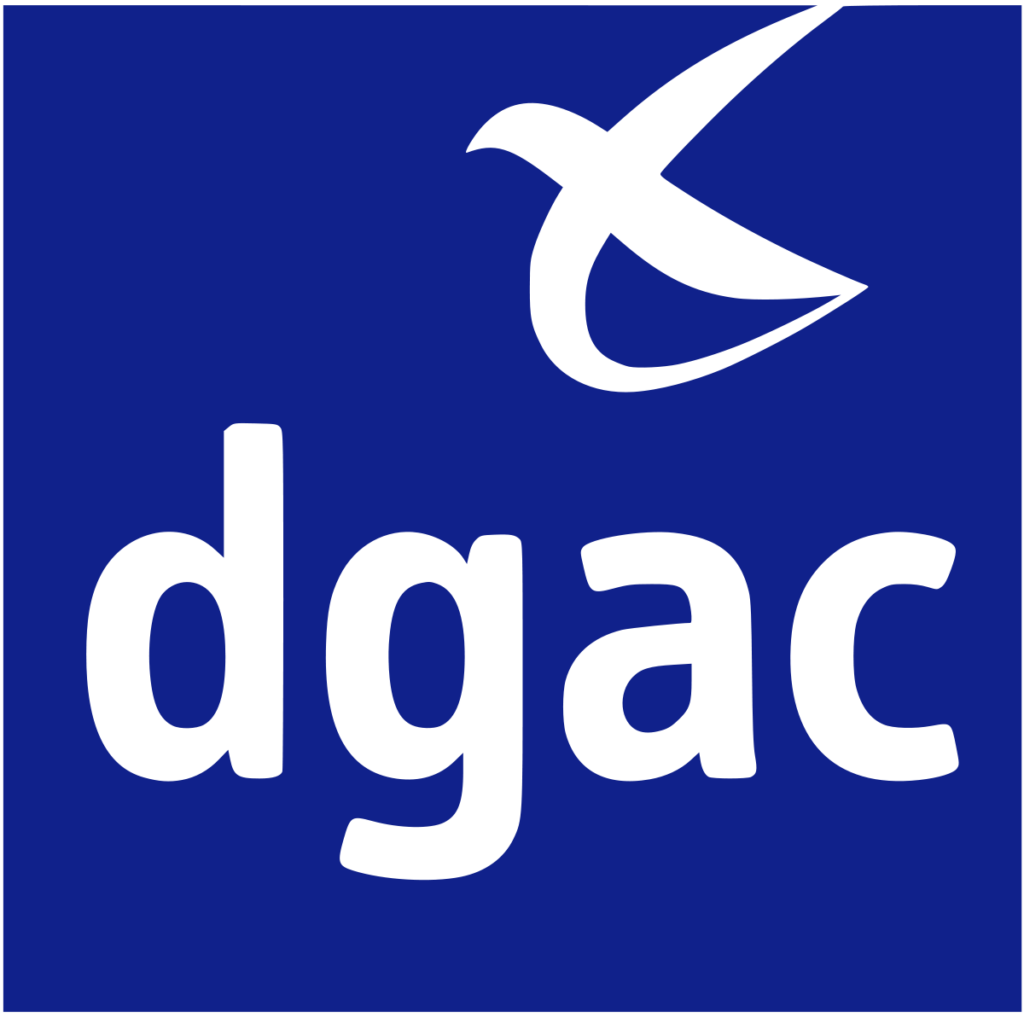Documents required for flights in S2, S3, restricted areas, etc:
Authorizations and declarations :
You must complete certain formalities before starting a flight or your operation. Some of these formalities are common to all, while others are specific to your activity:
Authorization for aerial photography
– for aerial photography in the visible spectrum, send Cerfa n°12546*01 to your local DSAC. (this approach will soon be obsolete).
– for aerial photography outside the visible spectrum, a prior authorization request (valid for 3 years) must be sent to the prefect.
Populated area (scenario S-3)
– for a flight in a populated area (scenario S-3), declare the flight to the prefecture via Alphatango or by sending Cerfa n°15476*02, at least 5 working days before the flight.
– for theft in built-up areas where public space is occupied, you may also need to obtain authorization from the town hall.
Out-of-sight flights (S-2 or S-4)
– for out-of-sight flights (S-2 or S-4), the flight declaration via Alphatango 2 working days before the flight.
Flights in controlled air zones
– for flights in controlled air zones (CTR, zone D, R, P or ZIT, nature reserves), authorization from the manager is essential (for zones P and ZIT).
Hospitals with EMS and helicopters
– for hospitals with helicopter EMS, you need to contact them beforehand to inform them of the flight and obtain the procedure to follow, if necessary.
Each procedure is independent, so make sure you don’t forget anything.
For example, for a robbery in downtown Bordeaux, ask :
– authorization to marry
– declaration of theft in populated areas via Alphatango
– contact with local hospitals that have an EMS with helicopters
– authorization to fly in the Bordeaux-Mérignac CTR issued by Bordeaux-Mérignac airport.
Documents required for S4 flights:
– Mission file (only for scenario S-4) :
Before any S-4 mission, a file must be prepared. It must be kept for 12 months after the end of the assignment.
It must contain :
-
an analysis of risks to third parties, whether on the ground or in the air, based on the actual environment of the mission in question;
-
the safety measures to be implemented for the planned mission and the limitations of operations, including the conditions for interrupting a mission that is not proceeding as expected;
-
monitoring measures taken by the client and the operator, and their respective responsibilities.
The measures described in the file replace the corresponding provisions of MANEX, whose other provisions must be applied.

